Author: Grumpy
Buying a Rifle Part 2
********Trigger Warning – Adult Profanity coming up!**********
Buying a Rifle- Part 1
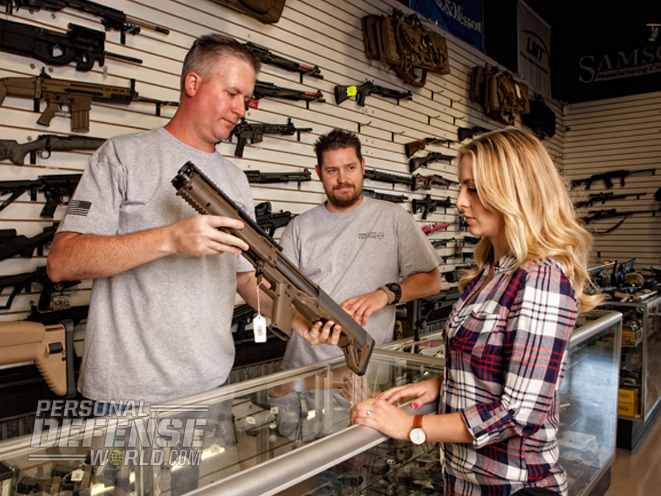
Now I have written before about buying a pistol and later on I will post something about Shot guns.
 or the Fully automatic mode like the AK-47**
or the Fully automatic mode like the AK-47**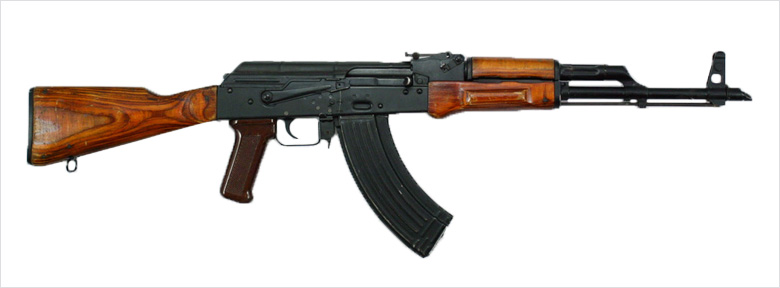
All I know is that when I shot one like this . It had a a great report and a solid recoil that you did not forget real soon! As you can guess by now. I am not a real fan but God Bless those who do like them!
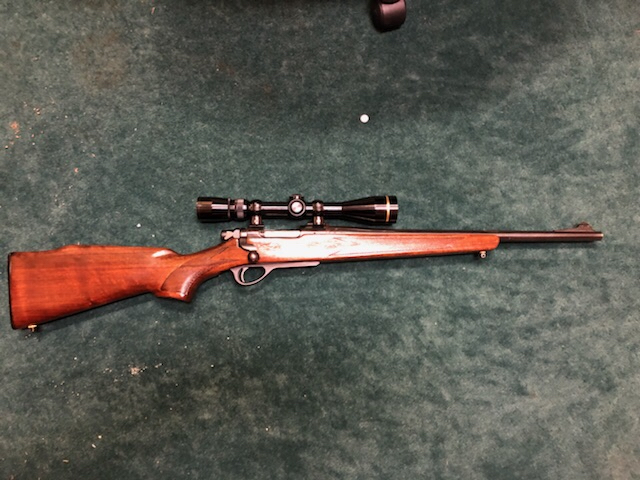
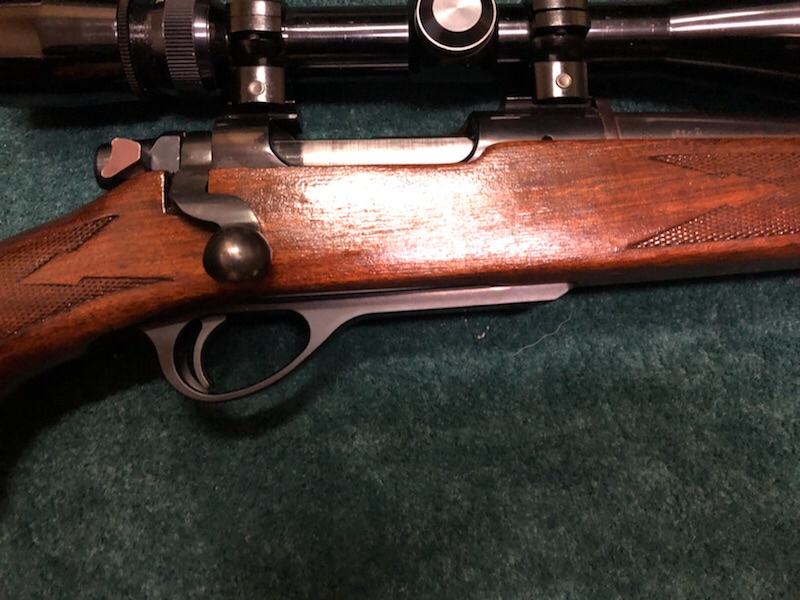
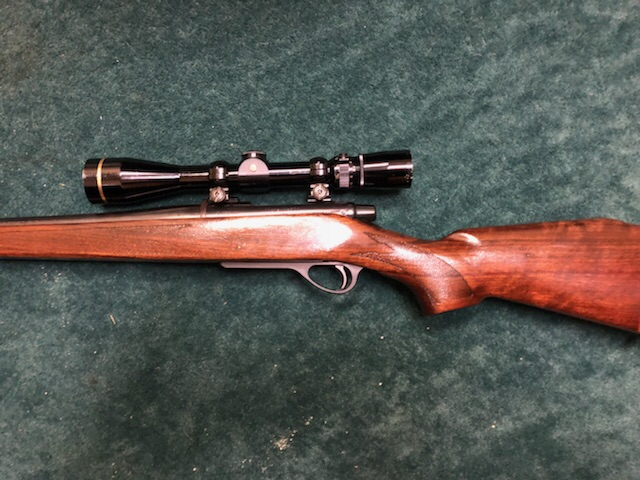

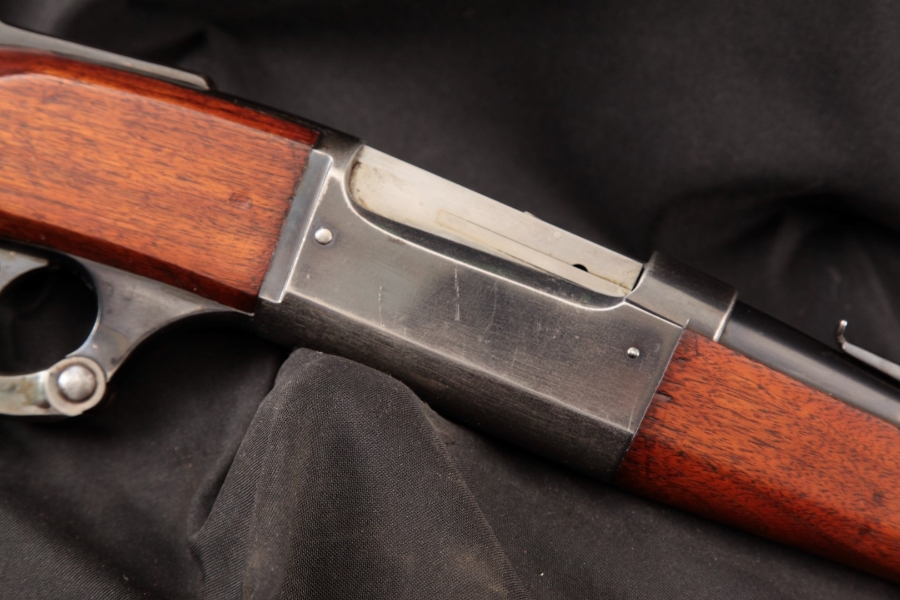
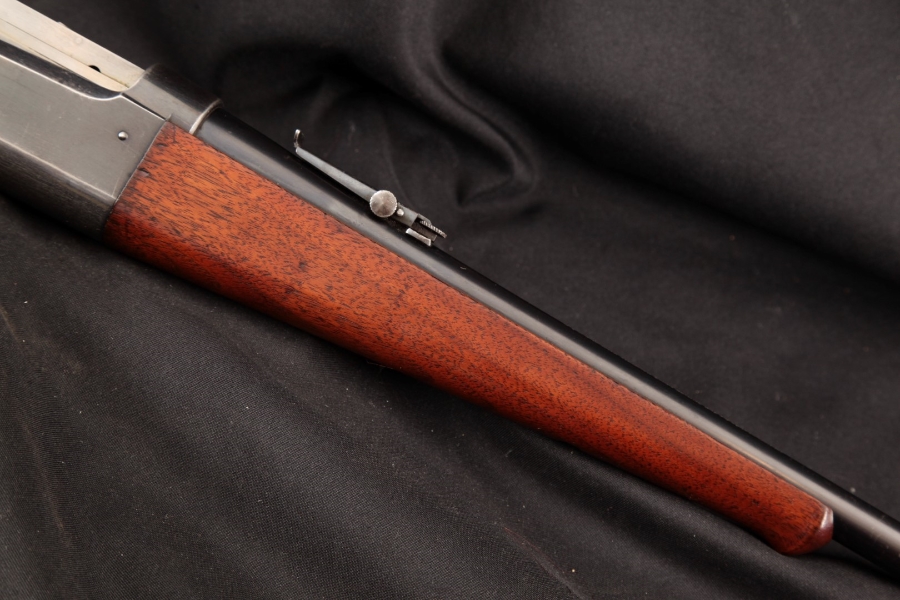

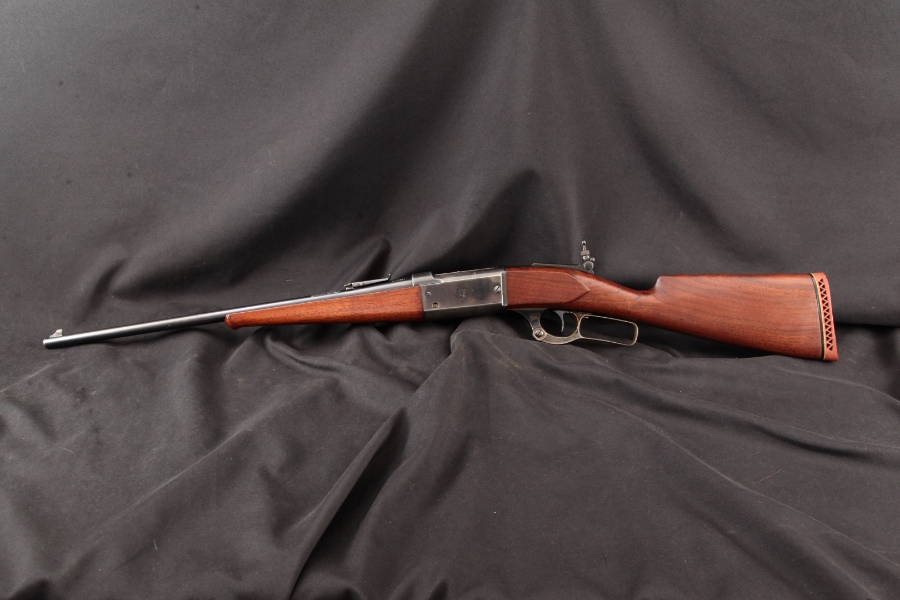
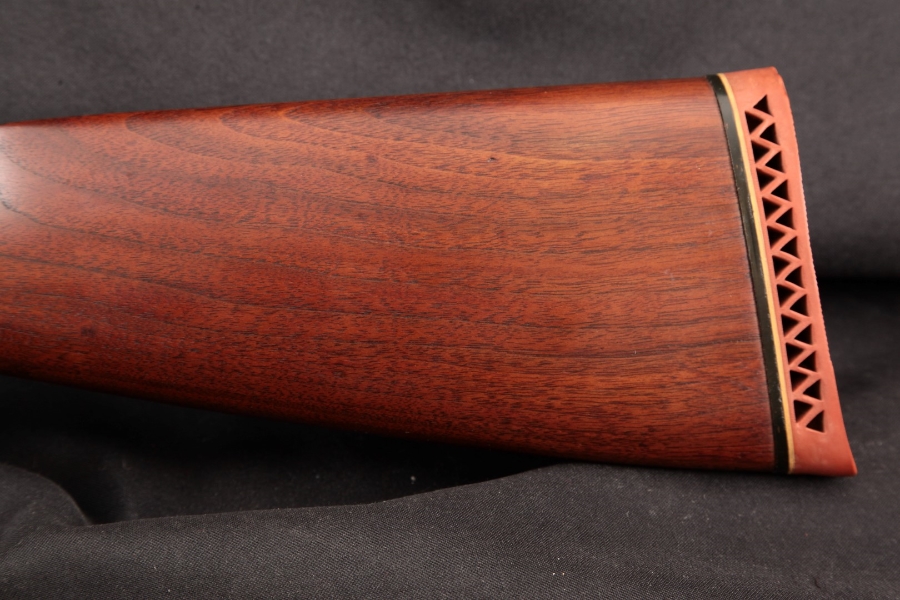
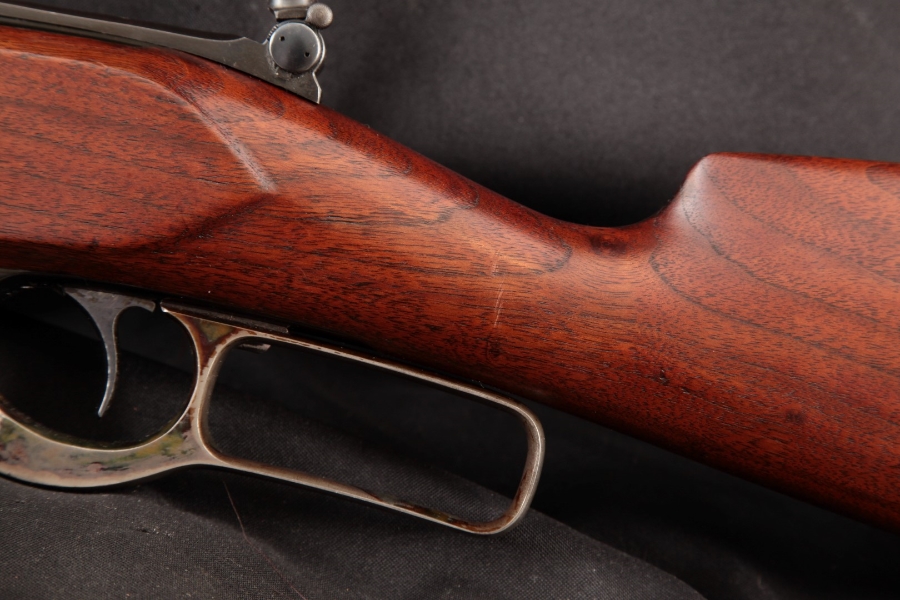

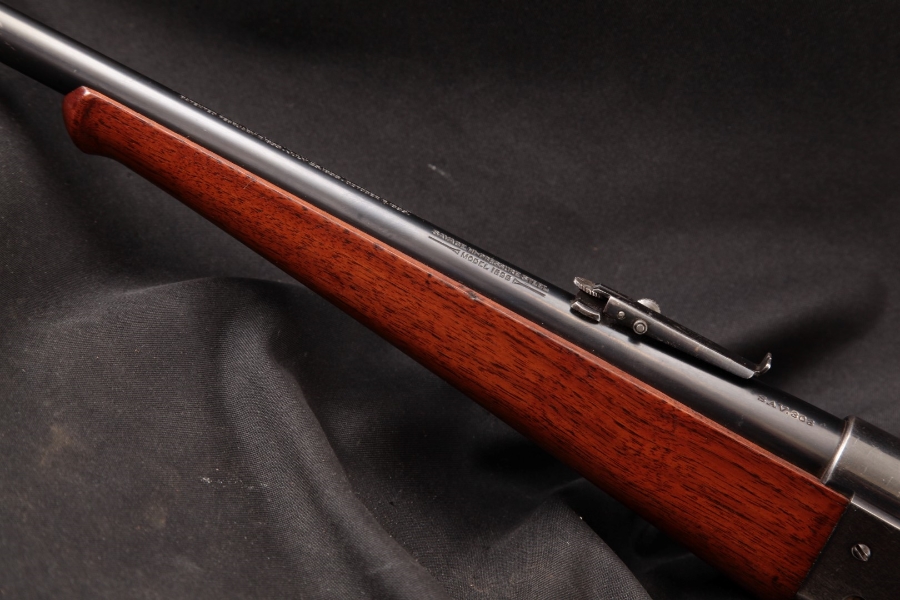
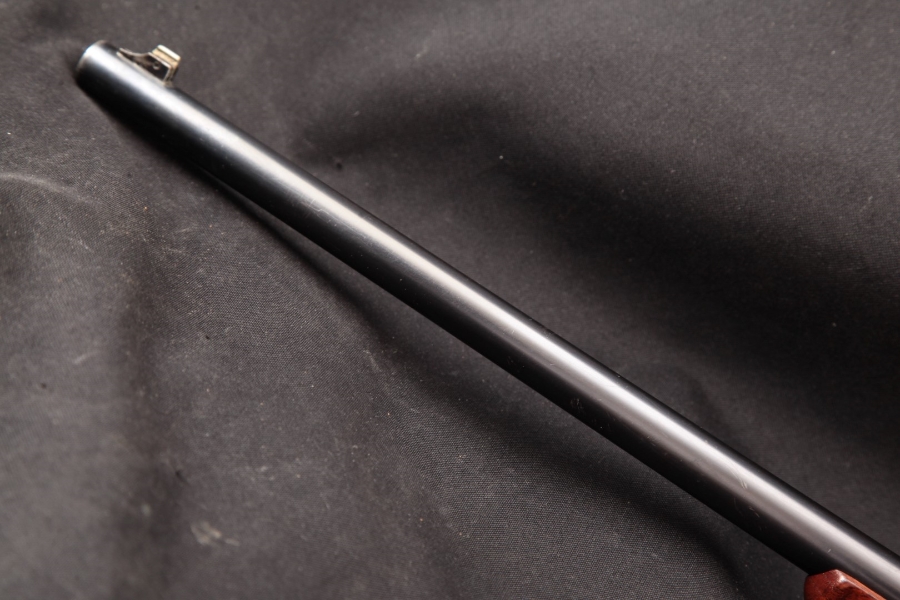
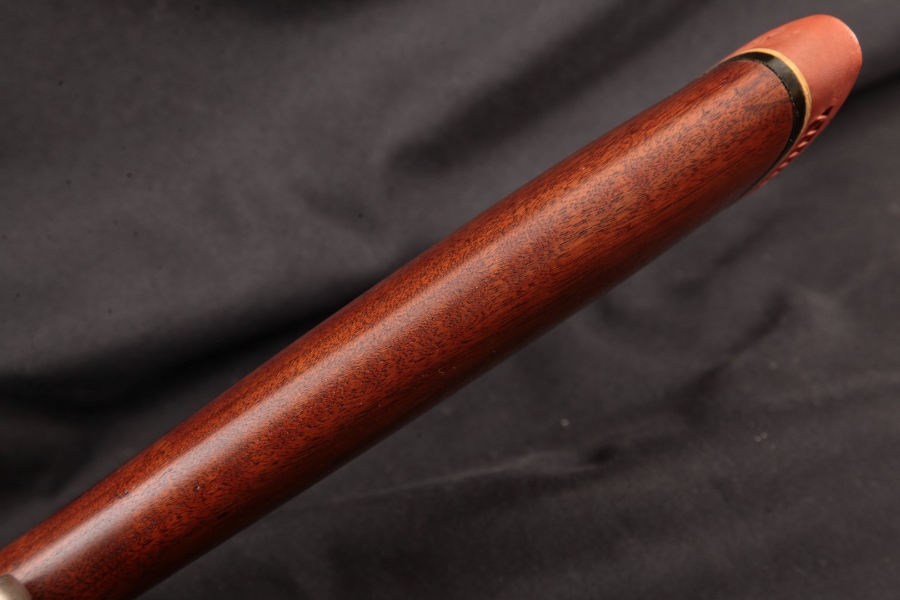
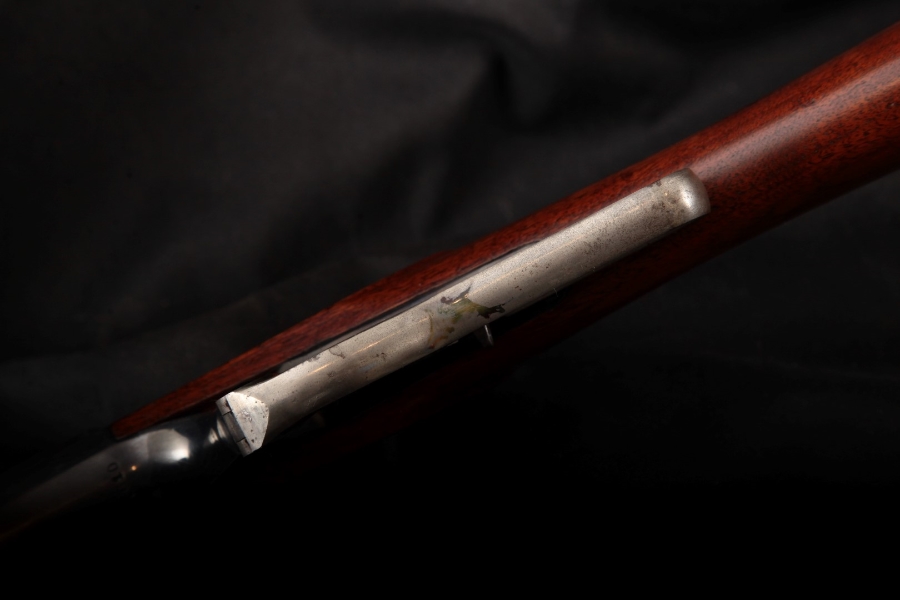
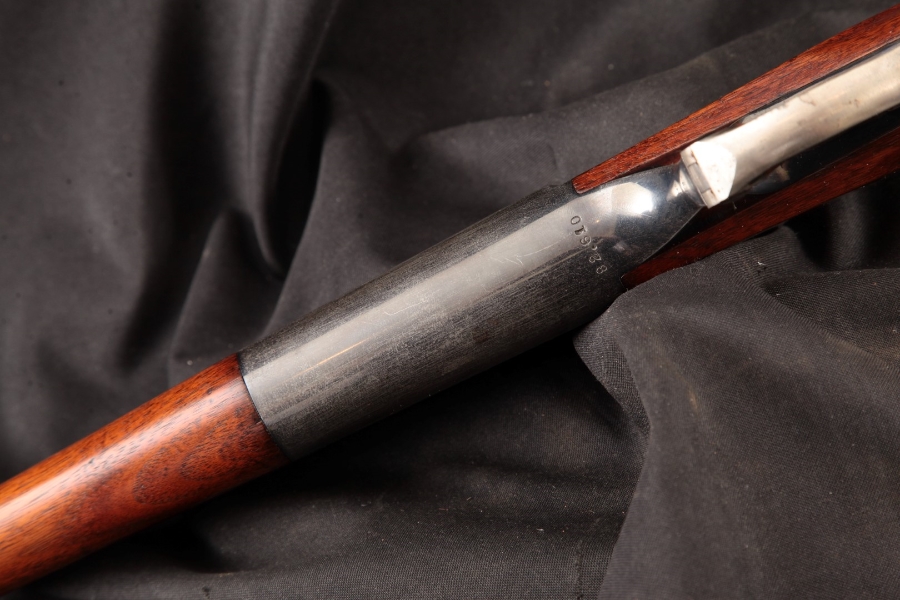
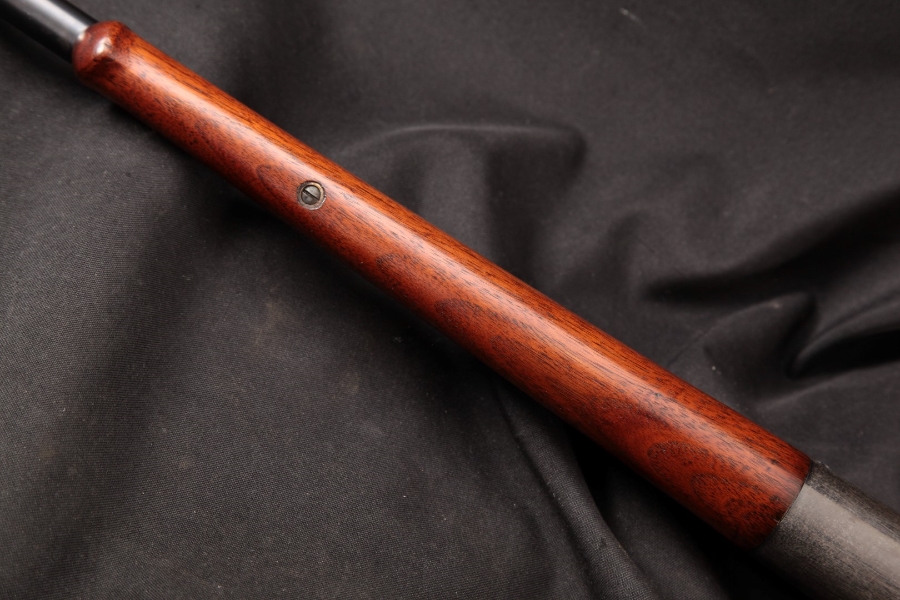
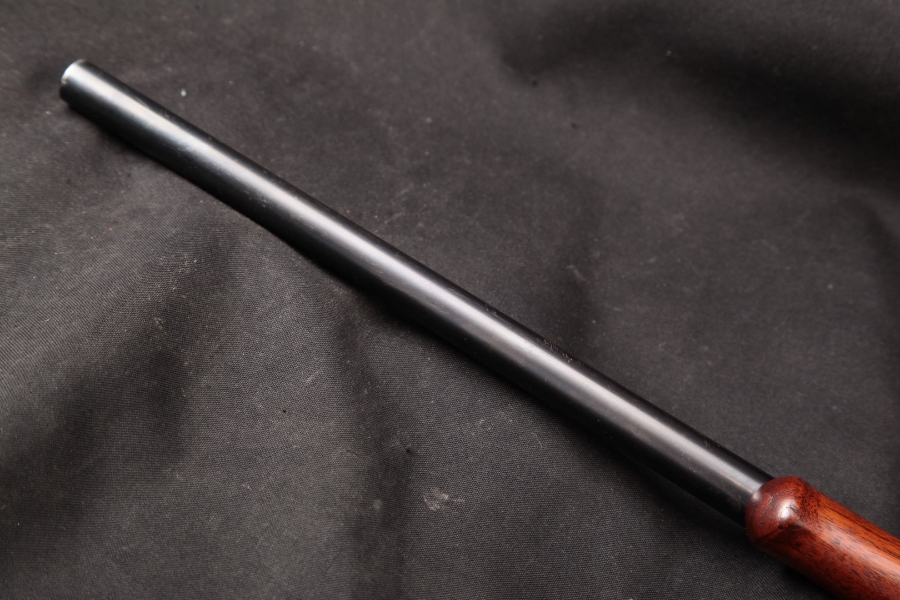
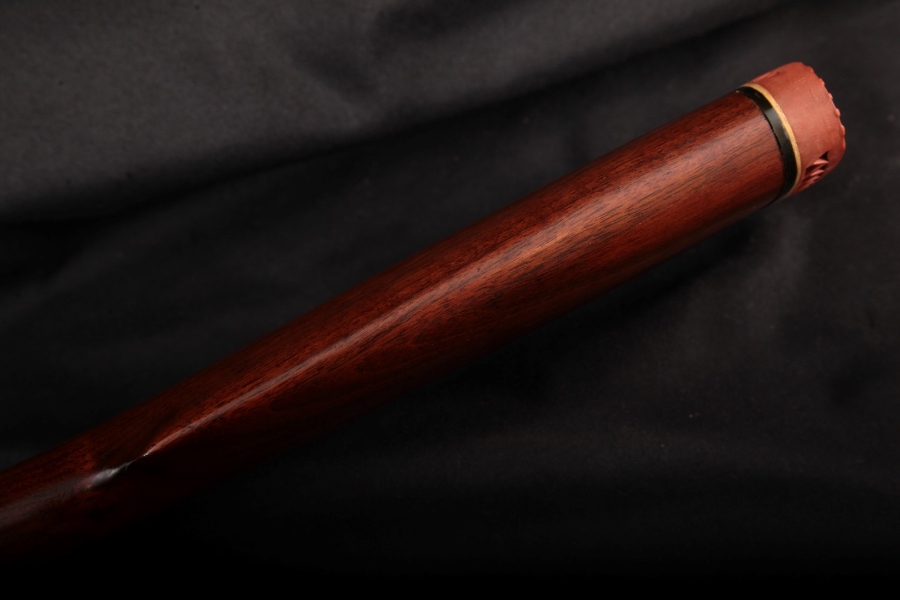

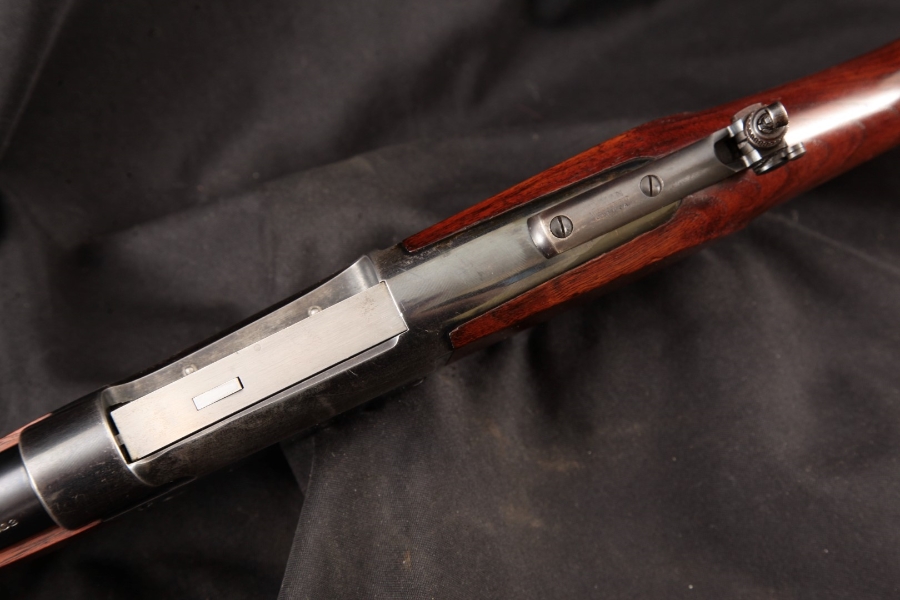
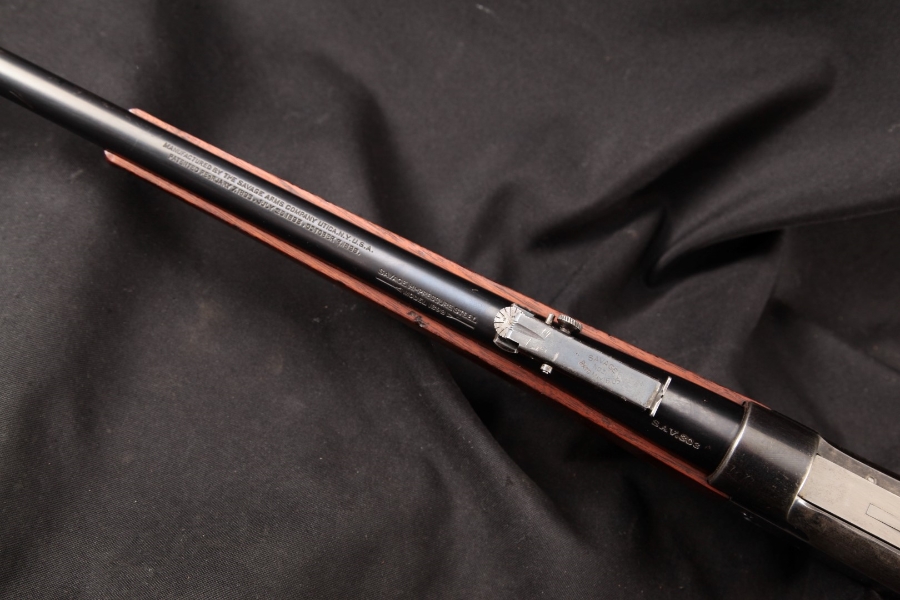
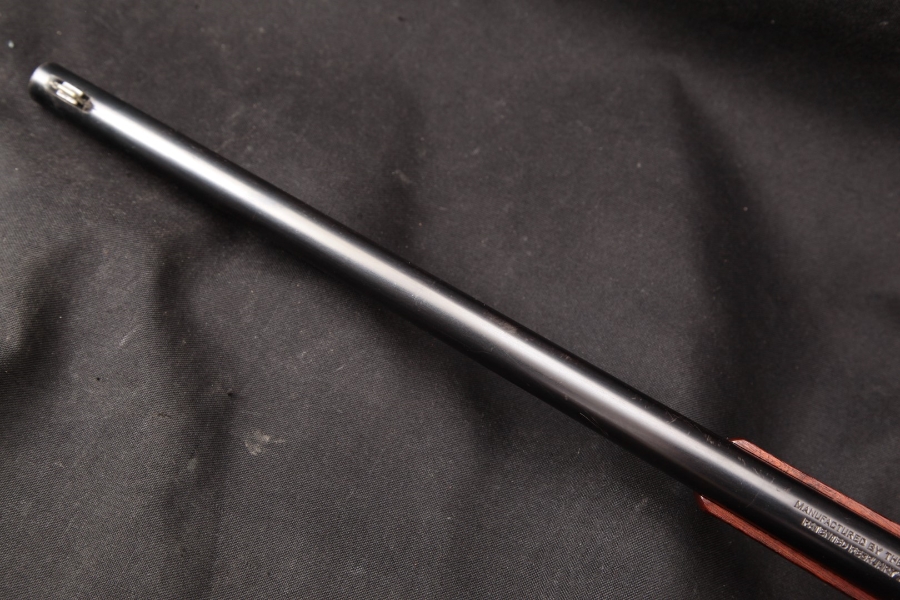
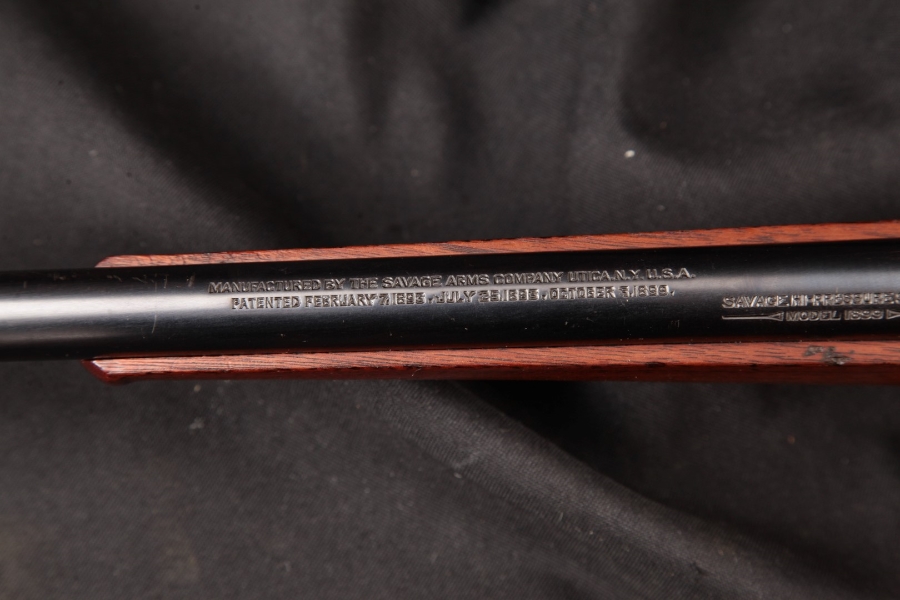

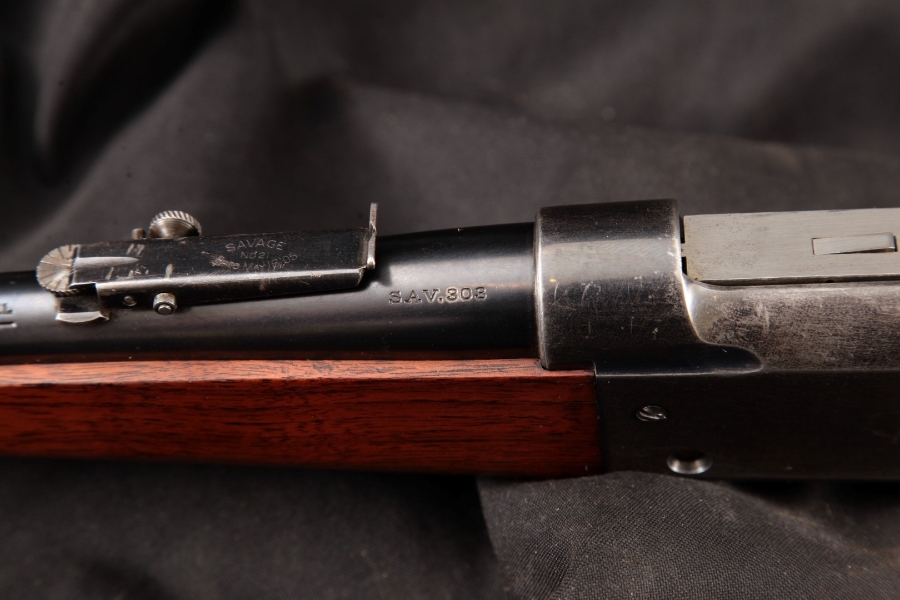
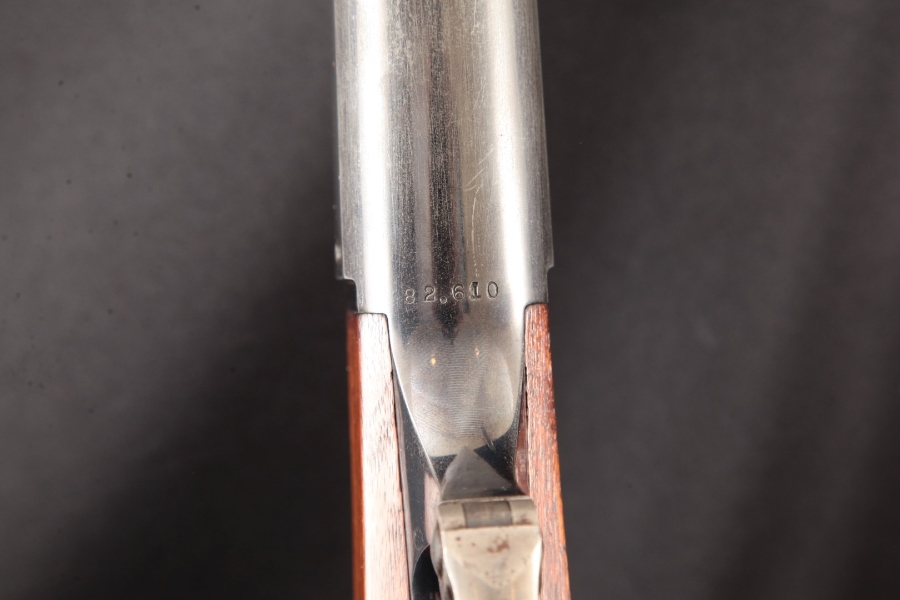
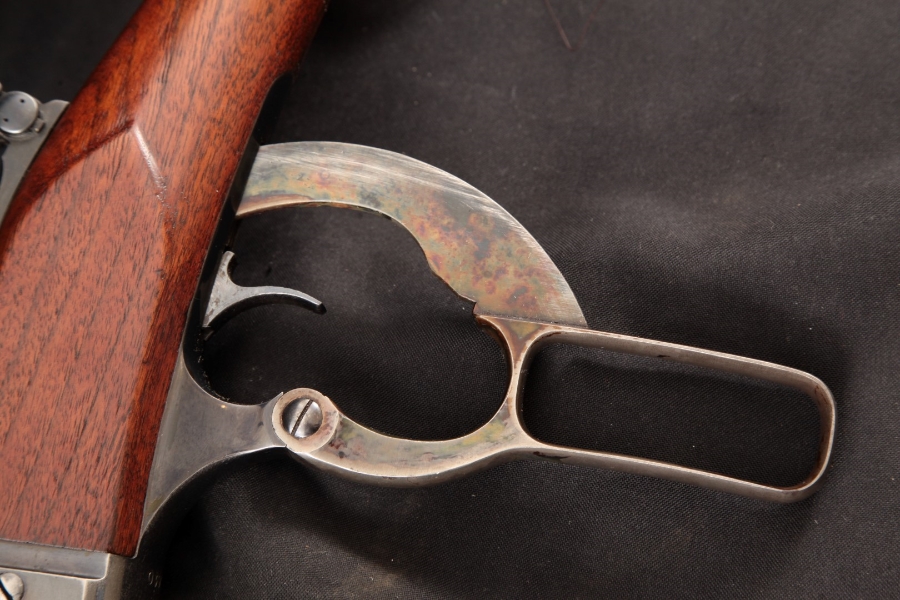
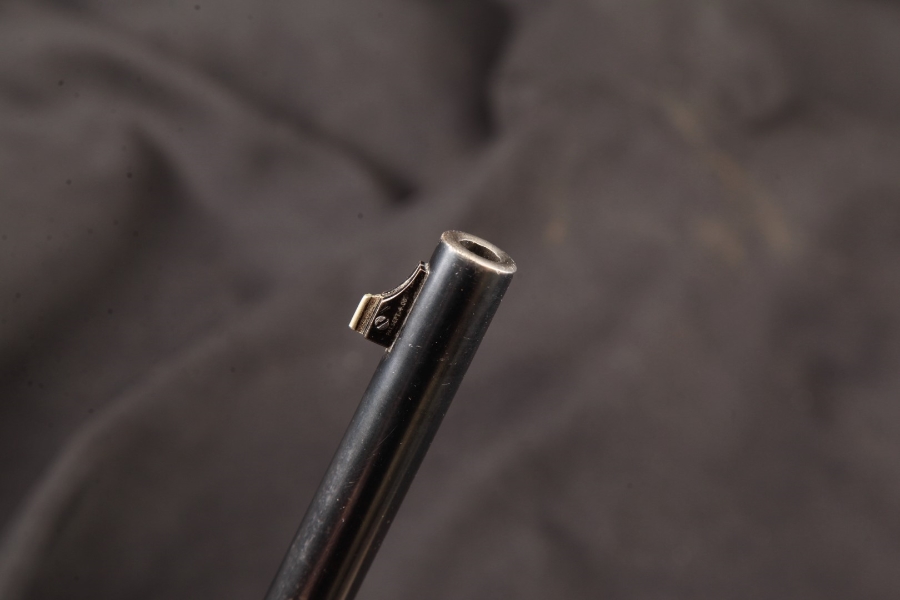
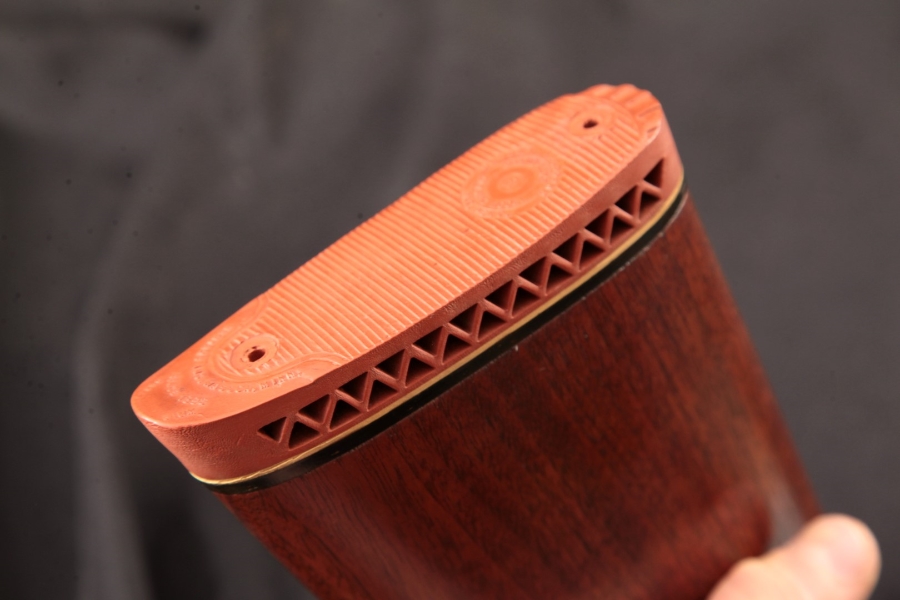

They made O/U’s, too, and, in fact, the O/U has become much more popular in recent years among the sort of people who can afford H&Hs and driven bird shooting.
While Hollands and driven birds may be out of your price range and mine, publishing magnate* Robert Petersen, founder of “Guns &Ammo,” “Hunting” and “Hot Rod” magazines certainly could afford them. When Petersen died in 2007, the majority of his outstanding firearms collection went to the National Firearms Museum, which opened a Petersen Gallery in 2010.
Very few of his guns wound up in private hands. This .410 is one of those few and it will be up for sale at the Rock Island Auction’s Premiere Auction December 1–3, 2017.

Banknote engraving uses a burin or graver, to scribe very fine, very detailed images, in this case, I am pleased to mention, a pair of German shorthaired pointers. Bulino amazes me.
Experts can draw with a burin on steel as easily as we draw on paper with a pencil, except they’re a lot better at it than most of us are with a pencil and paper.
Just in case you wanted to buy this as your dove gun (we can dream, can’t we?) it has three-inch chambers, Modified chokes in both of its 28-inch barrels, and it weighs 5 pounds, 5 ounces. Otherwise, I am guessing it’s never been fired and will probably stay that way. The gun also comes with a factory letter and ledger sheet.
*I don’t think that’s a job any more, such is the state of publishing. It’s like being a “whale oil magnate.”

My very first handgun was a Ruger, and since that time, I’ve been a staunch fan of the simplicity, ruggedness and affordability of Ruger revolvers, with Ruger single-action’s topping my list of most-packed and favorite firearms.
The strength of Ruger revolvers is legendary, as is the safety of these fine guns. To Bill Ruger’s credit, he pretty much single-handedly prevented the single-action revolver from slipping into oblivion as an American icon. Introduced in 1955, Ruger’s Blackhawk single-action revolver in .357 magnum was revolutionary in terms of action design and safety. Then this great handgun was upgraded in terms of safety with a transfer bar safety which allowed a revolver to really be a six-shooter, and not a five shooter, as these revolvers are safely carried with all chambers loaded.
Over the years this line of single-action revolvers has grown and blossomed such that today, over half of Cowboy Action competitors use Ruger single-action revolvers, and in terms of hunting handguns, they are the tool of choice for a large percentage of working Americans who pursue big game with a handgun. Part of this widespread appeal is due to the simplicity and rugged reputation of these great guns, part due as well to the affordability of Ruger single-action revolvers.
Through the years I’ve owned many of these guns, and while some have been either traded-off or sold, my hunting armory still has some Blackhawk and Super Blackhawk revolvers that have been with me the better part of a quarter of a century, and they are still favorites in my hand, and as reliable as ever. When I’m bumming the woods near our home, hunting in earnest in the most remote parts of North Idaho , or in the saddle riding the mountains behind my house, it is a Ruger single-action that accompanies me. So much so, that it is second-nature to grab one of my six-guns and strap it on cross-draw style, and go about my business.
As with many gun-cranks, I’ve been in search of the “ultimate packing piece” for years, trying many different variations, then trading them off when I see greener grass in another pasture. However, through this process, many common issues have plagued the various center-fire Blackhawks, Super Blackhawks and Vaquero revolvers that have revolved through our stables over time. So common are these nuances that whenever I acquire a new Ruger single-action, that there are certain requisite procedures necessary to bring that handgun up to the performance standards I’ve come to need and expect from a handgun.
I’ll be the first to admit that perhaps I demand a bit more from my handguns that the average weekend shooter. Where I live and the lifestyle we lead, a handgun is just part of living in the North Idaho Panhandle, where we live pretty remotely in the woods, bordering much public land that is landlocked by private property, the area behind our place is largely untouched by other people, and hunted even less. As such, it is a haven not only for many species of big game, but large predatory critters as well, most of which carry at least the common traits of being carnivores armed with sharp teeth, strong jaw muscles and claws to boot, be they ursus, canine or feline the possibilities of confrontation in defense of pets or livestock is a very real possibility on a daily basis. As such, not only does a handgun have to be utterly reliable, rugged, handy, and comfortable to carry, it must also be accurate. Accuracy to my thinking must exceed average, it must be exceptional!
Now, Ruger single-actions are very affordable, at least when compared to many other handguns on the market. Couple their affordability with the safety and ruggedness of design, they are quite a bargain in today’s firearms marketplace. Notwithstanding however, there are a few issues that must be addressed with any of these newly acquired, to bring them to the standards I demand from a handgun.
With these issues in mind, and of course still being on the continual search for a “perfect packing piece” while in the woods, I set about to buy a New Model Blackhawk revolver for the dual purpose of creating the mythical great woods gun, and to chronicle those things done to bring a current production gun up to those high standards all of us would like to see in a great single-action handgun. Please forgive me, as some steps outlined here in this article don’t have photos to accompany the text… I was simply too jazzed about working over my new handgun, and remembered the camera, and the photos I didn’t take only after some things were already accomplished!
First off, I’d decided on a 4 5/8” barrel length, as it is about perfect in my estimation as a cross-draw packin’ gun when riding in the saddle. Secondly, this revolver would have to be in .45 Colt, as I intended to load relatively mild loads with wide meplats and heavy weights for great penetrating qualities, large wound channels, and manageable recoil, even for my teenage girls. Lastly, the gun should be stainless to resist the wet, sloppy conditions we so often encounter in the North Panhandle, especially during our typical deer and elk seasons.
With these parameters in mind, I set about shopping for my perfect revolver. My wife accompanied me to a couple regional gunshows where I’m sure she became intensely frustrated as I examined several of the sought-out six-guns, and passed on them all! I carried with me a set of old-fashioned feeler gauges, and one of the first tests was to check the cylinder gap on each of the revolvers we examined. Rejection of many guns was due entirely too excessive cylinder gap, which on factory-new guns ran from .004” to as large as .008”. I was tempted with one that had a gap at .0035”, but passed on it as well, holding out for one with a little tighter tolerances. After going through all the gunshow offerings, I also exhausted the gunshops within about a 75 mile radius of our home, without finding a single revolver that was any better than the one that tempted me earlier.
So, I kind of put things on hold for a time, and then last May we took a trip to the Midwest to see my inlaws, and I also looked along the way, as time and opportunity permitted both enroute there, while staying the week in Nebraska, then along the way home as well. Then, in Twin Falls ,while my wife and teenage girls were doing the typical female clothes shopping thing! What did I find? I found five 4 5/8” Blackhawk .45 Colts, stainless steel in stock! After going back to the suburban to retrieve the feeler gauges, to my amazement three of the five guns measured an honest, snug, .002” cylinder gaps! Now, I could look at other criteria as well in selecting my “perfect gun”!
Examining the bores of each gun revealed very heavy leading in the first inch and a half of the barrel in all five of the guns they had in stock! In jest, I even asked the department manager if they took them out cowboy shooting on their off time! The leading was that bad. At first he thought I was putting him on, but all five of the guns had significant leading in bores just ahead of the forcing cone. Presumably this is from proof-testing at the factory, but none-the-less I was quite surprised by what I found! Well, since all the guns displayed about the same level of lockup tightness, and correct cylinder timing, the only thing left was configuration of the wood in the grips…and even that didn’t really matter to me since I intended to install a Bisley grip-frame on the gun eventually anyhow. But, of course I picked the gun with the nicest looking set of grips anyhow, did the requisite paperwork, paid for the gun and was back at my suburban before the female contingency came looking for me! It was a very good day!
Once home, and some backlogged bullet orders were caught up, I began in earnest on my new project. First things first. I pulled the cylinder pin and at once went to work with my pin gauges to determine cylinder throat diameter. What a shock…. I knew that the .45 Colt Ruger revolvers of recent manufacture were on the small side, but when measured they measured from .447” through .4495”, no two being the same dimensionally. I had intended to uniform them anyhow, but felt that this was an excessive amount of under-sizing for a factory cut set of chambers!
So now the real saga begins! I called Ruger customer service the following morning, and was greeted by their customary computer answering system, and after listening to no less than two separate menu selections, finally managed to speak with an actual live, living breathing body on the other end of the phone. The customer service rep was very congenial, and up-beat, but informed me that the dimensions I had encountered in my new .45 Colt Blackhawk were “within factory specs”. So, I asked to speak to her supervisor, who after about five minutes came on the phone and confirmed what the first representative had affirmed. Once again I asked to climb the food-chain of management, and finally spoke with a gentleman who, while quite nice on the phone, was also very matter-of-fact that the dimensions of the throats in the chambers of the cylinder were precisely “within factory specifications”. I then asked him if I could quote him on that. He immediately asked who I was, and what did I mean quote him! I told him who I was, and that I was writing an article for our website on Ruger single-action revolvers. To this he offered to send a next-day UPS air call tag for the revolver to be picked up, and he assured me that they would expedite the “servicing of the revolver to make sure all is in order”. I then politely declined the offer, saying that I suspected that while he was indeed sincere, I wouldn’t have been privy to such treatment if I had just been Joe Shooter wanting his revolver to have proper dimensions.
So, since this article was to be about an off-the-shelf revolver, and within the budget of any shooter, I declined to send the revolver in for customer service, instead following a regimen that I’ve used many times in tuning Ruger single-action sixguns in the past. What chronicles hereafter in this article are the steps taken to make this revolver a truly outstanding shooter, and addressing the shortcomings of these great sixguns.
I had intended from the beginning to replace the standard Blackhawk grip-frame with a Bisley model, as my wide palms and short stubby fingers don’t agree well with the small Blackhawk grip. So, such being the case, and in changing out the grip-frame also necessitated changing the trigger and hammer, I decided that since the gun had a trigger pull of 8.3 pounds as measured by a Lyman digital trigger pull gauge, the grip and trigger component changes would be sooner rather than later in this project.
Stripping the factory Blackhawk grip from the frame is straightforward and simplicity itself. Removal of the grip panels, followed by cocking the hammer (on an empty gun with the cylinder removed), then pinning the hammer-strut back with a decapping pin, or similar object, removing the five grip-frame attaching screws, and the grip-frame drops free from the frame, be careful that the spring loaded pins, one that regulates tension on the transfer-bar safety, and the other that pre-loads the cylinder locking lug don’t spring free into oblivion as the grip-frame is dropped free.
 Once the grip-frame was removed, I also took out the hammer and trigger, the transfer-bar, the hand and the loading gate. The transfer-bar, hand and loading gate had considerable roughness to their castings, and some 600 grit emery paper judiciously applied smoothed these considerably. Just keep in mind only to hit the high spots. The Bisley grip frame required minimal fitting to the Blackhawk frame, primarily fitting the top contour of the grip to match that of the frame. (sorry photos weren’t taken of this phase). The sear engagement surfaces were stoned to smooth them up, and test fitted until a nice crisp, creep-free 3.2 lb. trigger pull was achieved. The reduced power trigger-return spring from Wolf Springs was installed, but the stock hammer spring retained for use in this revolver.
Once the grip-frame was removed, I also took out the hammer and trigger, the transfer-bar, the hand and the loading gate. The transfer-bar, hand and loading gate had considerable roughness to their castings, and some 600 grit emery paper judiciously applied smoothed these considerably. Just keep in mind only to hit the high spots. The Bisley grip frame required minimal fitting to the Blackhawk frame, primarily fitting the top contour of the grip to match that of the frame. (sorry photos weren’t taken of this phase). The sear engagement surfaces were stoned to smooth them up, and test fitted until a nice crisp, creep-free 3.2 lb. trigger pull was achieved. The reduced power trigger-return spring from Wolf Springs was installed, but the stock hammer spring retained for use in this revolver.
At this point, the heavy, eight-plus pound trigger pull had been reduced to just over three pounds, and a grip frame installed that properly fit my hand. Although I knew that the cylinder throats were undersize, and that the barrel had issues, I was determined to do a little shooting with my new sixgun. The results from a sandbag rest at twenty-five yards met my dismal expectations in every way!
|
Starline .45 Colt Brass, Winchester Large Pistol Primers |
||||||
|
Bullet |
Dia. |
Powder |
Weight |
C.O.L. |
Velocity |
Group |
|
265g Keith PB |
.451” |
W231 |
7.2 |
1.675” |
796 |
7.8” |
|
255g WFN PB |
.451” |
W231 |
7.2 |
1.625” |
806 |
6.9” |
|
255g RNFPBB |
.451” |
W231 |
7.2 |
1.575 |
822 |
6.6” |
The above loads employed bullets BHN22, and due to the small diameter of the chamber throats, necessitated sizing bullets down to .451” to allow chambering. Even at .451” the loaded rounds were a thumb-press-fit into the chambers. Group sizes recorded are the composite of three, five-round groups fired from a solid rest at 25 yards with absolutely no wind and about 70 degree ambient temperatures. Heavy lead buildup in the barrel induced thorough cleaning between every fifteen rounds.
 Undersized cylinder throats precluded shooting bullets appropriately sized to fit the .4505” barrel on this revolver. So, the options were, hone them myself, buy a cylinder throat reamer, or send the cylinder out for reaming to a custom revolver smith. In keeping with the spirit of this project, I opted to hone them out myself, as I’ve done many others in the past, not only to avert the turn-around time from a custom smith, but to illustrate how effective home workshop methodology can actually be when care is taken and attention to detail maintained.
Undersized cylinder throats precluded shooting bullets appropriately sized to fit the .4505” barrel on this revolver. So, the options were, hone them myself, buy a cylinder throat reamer, or send the cylinder out for reaming to a custom revolver smith. In keeping with the spirit of this project, I opted to hone them out myself, as I’ve done many others in the past, not only to avert the turn-around time from a custom smith, but to illustrate how effective home workshop methodology can actually be when care is taken and attention to detail maintained.
 Once the cylinder is removed from your revolver, it’s imperative to have a bench vise of some description available for this next step in tuning the revolver. Too, the jaws of the vise need to be padded, in the accompanying photographs leather was used to pad the jaws, protect the cylinder and facilitate keeping a good grip on the cylinder while honing.
Once the cylinder is removed from your revolver, it’s imperative to have a bench vise of some description available for this next step in tuning the revolver. Too, the jaws of the vise need to be padded, in the accompanying photographs leather was used to pad the jaws, protect the cylinder and facilitate keeping a good grip on the cylinder while honing.
 To accomplish the task at hand, use 320 grit one-inch wide strips of emery cloth, wrapped around a split steel or brass rod turned in a common power drill as shown in the photo. The idea is to wind enough emery cloth around the split rod such that it becomes a snug fit in the chamber throat. One must be extremely cautious to keep the honing assembly perfectly aligned with the chamber and throat. For this reason it is best to insert the rod from the breach end of the cylinder, and shove the emery-wrapped rod through the chamber until approximately one-eighth to one quarter of an inch of the assembly protrudes out the front of the chamber mouth. Then using slow RPM’s with the power drill, turn the emery paper in the throat slightly working the assembly in and out about a quarter of an inch to prevent creating grooves in the chamber throats. Use the chamber, and the axis thereof as a guide for alignment of the turning rod, keeping it centered in the chamber, and aligned with the throat in such manner. Cutting action of the emery cloth is surprisingly quick, so don’t over due a good thing! Too, if the emery isn’t cutting aggressively, liberally irrigate the whole honing assembly with WD-40.
To accomplish the task at hand, use 320 grit one-inch wide strips of emery cloth, wrapped around a split steel or brass rod turned in a common power drill as shown in the photo. The idea is to wind enough emery cloth around the split rod such that it becomes a snug fit in the chamber throat. One must be extremely cautious to keep the honing assembly perfectly aligned with the chamber and throat. For this reason it is best to insert the rod from the breach end of the cylinder, and shove the emery-wrapped rod through the chamber until approximately one-eighth to one quarter of an inch of the assembly protrudes out the front of the chamber mouth. Then using slow RPM’s with the power drill, turn the emery paper in the throat slightly working the assembly in and out about a quarter of an inch to prevent creating grooves in the chamber throats. Use the chamber, and the axis thereof as a guide for alignment of the turning rod, keeping it centered in the chamber, and aligned with the throat in such manner. Cutting action of the emery cloth is surprisingly quick, so don’t over due a good thing! Too, if the emery isn’t cutting aggressively, liberally irrigate the whole honing assembly with WD-40.
Stop frequently and the diameter of the cylinder throat being honed. This can be surprisingly well regulated by using bullets of the exact diameter you intend to use in the gun. This is especially true when using cast bullets with an ogive that goes out to full bullet diameter ahead of the crimp groove. Turn the cylinder upright, so the chamber throats are down, then drop a bullet of proper diameter down the chamber. When honed to the proper diameter, the bullet should slide most of the way through the throat under its own weight, and require just a slight push with finger pressure to shove all the way through as shown in the photo.  Then, once the first throat is done to satisfaction, it can be used as a gauge for the remaining throats, by dropping a bullet through each of the successive chamber throats as they are honed, until bullets so dropped through stop at the same relative point as the first, or index chamber. Successively honing each throat to match the first is surprisingly easy, provided one spends the time to stop and check progress frequently when honing out each throat. Too, marking the chambers with a Sharpie felt marker helps keep track of which throat one is working upon, and allows a sequential progression through the chambers.
Then, once the first throat is done to satisfaction, it can be used as a gauge for the remaining throats, by dropping a bullet through each of the successive chamber throats as they are honed, until bullets so dropped through stop at the same relative point as the first, or index chamber. Successively honing each throat to match the first is surprisingly easy, provided one spends the time to stop and check progress frequently when honing out each throat. Too, marking the chambers with a Sharpie felt marker helps keep track of which throat one is working upon, and allows a sequential progression through the chambers.
After so honing the throats in our subject stainless Blackhawk, using only the methods described, I then later checked those throats with a set of precision-ground pin gauges, and found variation to be less than .0005” through the entire course of the six throats opened up using the described procedure. Yes, I probably invested about two hours opening these up, while sending a cylinder off to a custom revolver smith for reaming currently costs only about $40. As mentioned before, the purpose of this article and project is to demonstrate that home methods can, and do get the job done quite effectively, and with a surprising degree of precision!
With the throats uniformly opened up to .4525”, it was time to shoot this gun again for groups. Once again the same loads as previously fired were shot for groups at 25 yards off a sandbag rest under very favorable shooting conditions without wind, a slight overcast sky, so there was no glare off the sights, and in the mid 70’s for temperature. No chronograph readings were taken for this shooting session.
|
Starline .45 Colt Brass Winchester Large Pistol Primers |
|||||
|
Bullet |
Dia. |
Powder |
Weight |
C.O.L. |
Group |
|
265g Keith PB |
.452” |
W231 |
7.2 |
1.675” |
3.7” |
|
255g WFN PB |
.452” |
W231 |
7.2 |
1.625” |
3.4” |
|
255g RNFPBB |
.452” |
W231 |
7.2 |
1.575 |
3.2” |
Once again leading became an issue in shooting these groups, and the barrel was thoroughly cleaned between every fifteen rounds. Most severe leading occurred in the first two inches of the barrel, being the heaviest at the forward end of the forcing cone, directly underneath the threads where the barrel shank screws into the frame. Slugging the barrel using a number eight oval egg sinker revealed that a constriction of .0025” existed directly under the threads on the barrel shank at the forward end of the forcing cone.
Such constrictions on Ruger single-action revolvers is nearly the norm, and although .0025” is quite a constriction, it isn’t uncommon in these guns, especially those in calibers beginning in “4”! Fire-lapping was mandatory for this gun to achieve the accuracy potential desired, and the lapping process was conducted in two stages due to time constraints. While lapping this particular revolver I used the method outlined in Bill McConnell’s excellent article “Firelapping A Ruger Redhawk In 36 Rounds” and while the gun didn’t require 200+ firelapping rounds to relieve the constriction in the barrel, it did necessitate firing 78 rounds to totally eliminate the constriction. Firelapping was followed by an energetic polishing of the bore as described in The Beartooth Bullets Technical Guide to achieve a mirror-like interior barrel finish. Once complete, test firing commenced once again, under nearly identical conditions as the two previous range sessions, with the following results.
|
Starline .45 Colt Brass, Winchester Large Pistol Primers |
||||||
|
Bullet |
Dia. |
Powder |
Weight |
C.O.L. |
Velocity |
Group |
|
265g Keith PB |
.452” |
W231 |
7.2 |
1.675” |
826 |
1.3” |
|
255g WFN PB |
.452” |
W231 |
7.2 |
1.625” |
833 |
0.7” |
|
255g RNFPBB |
.452” |
W231 |
7.2 |
1.575 |
854 |
0.9” |
Leading in the above test was a non-issue, and the barrel was NOT cleaned at any time during the testing of these loads. Interestingly all the ammunition fired in these tests was loaded using a Dillon 550 progressive press, and all ammunition was loaded at the same session, all bullets were from the same lot. The only differences in performance was the change in dimensional relationships in the cylinder throats and removing the barrel constriction through firelapping. Keep in mind, while the above loads are tried and true combinations that consistently perform superbly in a wide variety of .45 Colt firearms, no attempt was made to specifically tailor a load to this revolver for accuracy sake.
With the mechanical aspects of this revolver being whipped into shape, it was time for some development of loads for which the revolver was intended. Specifically I wanted bullets from 280-330 grains, with muzzle velocities between 1000 and 1100 fps. Loads in this velocity threshold are easy to control, penetrate completely with the heavy cast bullets, and leave large wound channels the entire length of penetration and are very pleasant to shoot!
Loads as listed below were carefully worked up, and tuned for accuracy in the project revolver, keeping the above listed criteria in mind when so doing. The results are listed below, as fired from 25 yards off sandbag rests, temperature in the mid-seventies, no wind and somewhat overcast conditions.
|
The Data In This Table Is Intended Only For Ruger Blackhawk, Original Vaquero, Super Blackhawk Hunter, |
||||||
|
Starline .45 Colt Brass Winchester Large Pistol Primers |
||||||
|
Bullet |
Dia. |
Powder |
Weight |
C.O.L. |
Velocity |
Group |
|
BTB 280g WFNGC |
.452 |
AA#5 |
12.5 |
1.675 |
1016 |
0.87” |
|
BTB 280g WFNGC |
.452 |
Unique |
12.2 |
1.675 |
1041 |
0.91” |
|
BTB 280g WFNGC |
.452 |
Universal |
11.9 |
1.675 |
1033 |
1.04” |
|
BTB 300g WFNPB |
.452 |
AA#5 |
12.0 |
1.625 |
1040 |
0.87” |
|
BTB 300g WFNPB |
.452 |
HS-6 |
11.3 |
1.625 |
1011 |
1.17” |
|
BTB 300g WFNGC |
.452 |
Universal |
10.0 |
1.590 |
1027 |
1.06” |
|
BTB 300g WFNGC |
.452 |
AA#5 |
11.8 |
1.590 |
1021 |
0.98” |
|
BTB 330g WFNPB |
.452 |
2400 |
13.8 |
1.626 |
1014 |
1.34” |
|
BTB 330g WFBPB |
.452 |
H4227 |
15.1 |
1.626 |
1032 |
1.19” |
 Loads listed in the data table above deposited little or no lead in the barrel, and exhibited excellent grouping capabilities. In testing the 330g WFNPB bullet, and the 340g LFNGC bullets the Blackhawk revolver sights did not enough sight adjustment to bring them into alignment for elevation. The bullets over 300 grains hit four to six inches high at 25 yards, even with the sight in its lowest possible position. As a consequence, a remedy to this situation was quickly found.
Loads listed in the data table above deposited little or no lead in the barrel, and exhibited excellent grouping capabilities. In testing the 330g WFNPB bullet, and the 340g LFNGC bullets the Blackhawk revolver sights did not enough sight adjustment to bring them into alignment for elevation. The bullets over 300 grains hit four to six inches high at 25 yards, even with the sight in its lowest possible position. As a consequence, a remedy to this situation was quickly found.
 While there are many custom front sights available to the shooter these days which are significantly taller than the factory front blade, I again chose the home remedy route, in keeping with the remainder of this article. The first step was to remove the front sight blade on the barrel by drifting out the sight retaining pin as seen in the accompanying photograph.
While there are many custom front sights available to the shooter these days which are significantly taller than the factory front blade, I again chose the home remedy route, in keeping with the remainder of this article. The first step was to remove the front sight blade on the barrel by drifting out the sight retaining pin as seen in the accompanying photograph.
Once removed, the sight was carefully measured to determine exact factory height of the blade, then calculations were made as to the desired final height of the blade once altered. Having determined optimal front sight height, work began to fashion just such a sight.
 First step was to use a file and remove a fairly significant part of the front sight height with a mill-flat file, being meticulously careful to keep the top surface flat across the horizontal axis, and parallel to the longitudinal plane while doing so, as seen in the photograph. Then, once the top of the sight was decked flat and true with the file, it was fluxed, and a piece of brass bar stock silver soldered to the top of the sight using Brownell’s 440 silver solder and flux.
First step was to use a file and remove a fairly significant part of the front sight height with a mill-flat file, being meticulously careful to keep the top surface flat across the horizontal axis, and parallel to the longitudinal plane while doing so, as seen in the photograph. Then, once the top of the sight was decked flat and true with the file, it was fluxed, and a piece of brass bar stock silver soldered to the top of the sight using Brownell’s 440 silver solder and flux.
When soldering the brass on the top of the sight, the critical aspect is to make sure that the brass bar-stock aligns with the axis of the sight along the sighting plane. I intentionally used a piece of brass that was both too long for the application, as well as too wide and too tall. The extra length of the piece of brass used, allowed a place to grasp the brass with needle-nosed pliers to hold it in place during the soldering process. To make the soldered joint, both the factory sight and the brass bar-stock were fluxed, and the top of the sight tinned with the Brownell’s silver solder. Once tinned and fluxed, the brass bar-stock was placed atop the sight, held in place with pliers while the assembly was brought up to temperature using a propane torch. As soon as the solder on the top of the sight where it was tinned, becomes liquid, the brass bar-stock will settle into place, and removing the torch heat will allow the two pieces to almost instantly bond together.
 Once soldered together as seen in the photograph, a file may be used to shape the brass bar-stock to the desired end shape and contours as well as regulating the height of your new custom sight. Be advised that using a grinder or Dremel tool for shaping the sight and brass bar-stock will be self-defeating! The heat generated by using these tools is sufficient to bring the whole assembly up to a temperature such that the solder once again becomes liquid, and it falls apart as you’re working on it! This note of caution is from the cruel world of experience…. Yep I botched the project the first time around this way!
Once soldered together as seen in the photograph, a file may be used to shape the brass bar-stock to the desired end shape and contours as well as regulating the height of your new custom sight. Be advised that using a grinder or Dremel tool for shaping the sight and brass bar-stock will be self-defeating! The heat generated by using these tools is sufficient to bring the whole assembly up to a temperature such that the solder once again becomes liquid, and it falls apart as you’re working on it! This note of caution is from the cruel world of experience…. Yep I botched the project the first time around this way!
Once dressed with a fine file, and followed up with some 600 grit emery paper, the soldered part of the seam becomes almost invisible, and the steel portion of the sight, after degreasing with either brake and clutch cleaner, or denatured alcohol may be reblued with some simple cold bluing solution.
 Once the sight issue was addressed, regulating the little Blackhawk became easy with any load, and as a side benefit, the sight was much easier to pick up in low light conditions, and even in full bright sunlight, due to the angle placed on the rear edge of the sight, precise shot placement is no object. Overall the sight improvement was so successful that I think I would do it strictly for sight picture, even if I didn’t need the extra height of the sight.
Once the sight issue was addressed, regulating the little Blackhawk became easy with any load, and as a side benefit, the sight was much easier to pick up in low light conditions, and even in full bright sunlight, due to the angle placed on the rear edge of the sight, precise shot placement is no object. Overall the sight improvement was so successful that I think I would do it strictly for sight picture, even if I didn’t need the extra height of the sight.
At the end of this road I have a very nice packin’ revolver that shoots as good as it looks! I didn’t build this little gun for heavy bullets at 1400 fps., but rather the very loads listed in this article, as they are eminently sufficient for any application that this handgun will be called into play, they are fun to shoot, and for once, I think I’ve found my perfect woods bumming companion. Too, it didn’t cost an arm and a leg for a custom revolver smith to work over, and there’s the satisfaction of doing a job yourself. And doing it right!
:: Comment On This Article/View Replies
